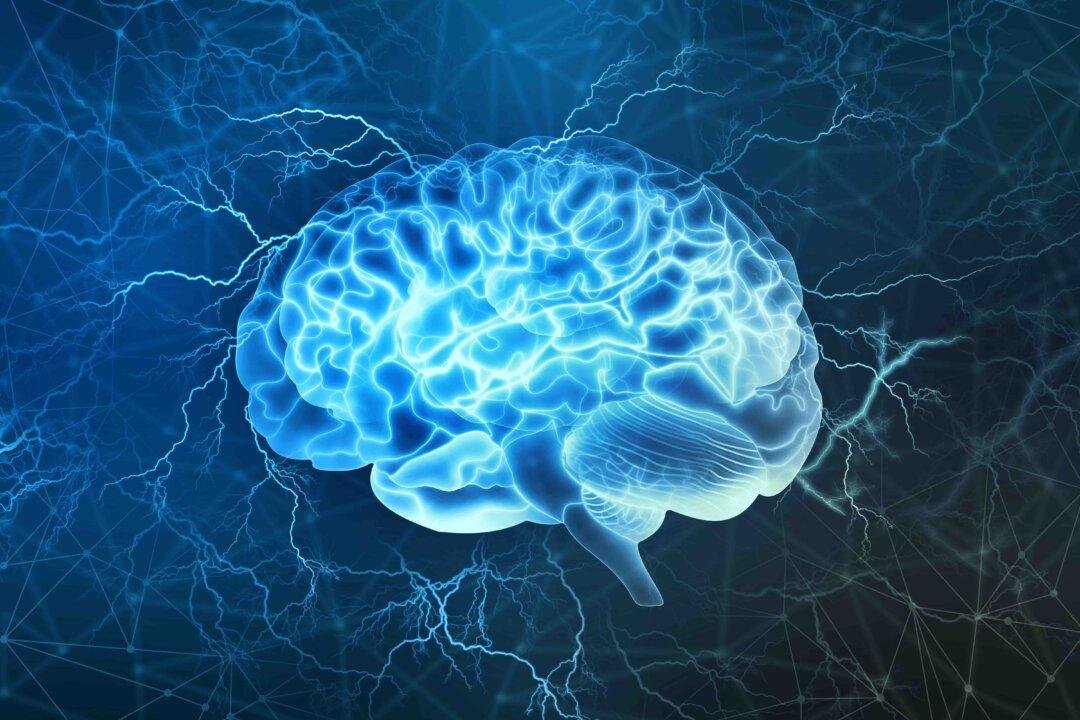NEWPORT BEACH, Calif.—When people report having profound out-of-body experiences during close brushes with death, skeptics often attribute it to physiological and psychological factors.
Robert Mays, who has studied near-death experiences (NDEs) for some 30 years, looked at some of these factors during a talk at the International Association for Near-Death Studies (IANDS) 2014 Conference in Newport Beach, Calif., on Aug. 29.






